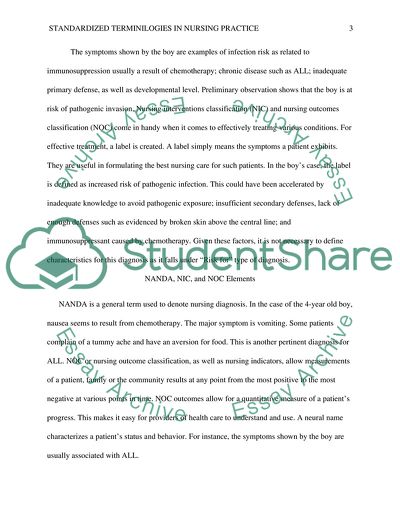Cite this document
(Apply Standardized Terminologies in Practice Assignment, n.d.)
Apply Standardized Terminologies in Practice Assignment. https://studentshare.org/nursing/1857030-standardized-terminologies-in-nursing-practice
Apply Standardized Terminologies in Practice Assignment. https://studentshare.org/nursing/1857030-standardized-terminologies-in-nursing-practice
(Apply Standardized Terminologies in Practice Assignment)
Apply Standardized Terminologies in Practice Assignment. https://studentshare.org/nursing/1857030-standardized-terminologies-in-nursing-practice.
Apply Standardized Terminologies in Practice Assignment. https://studentshare.org/nursing/1857030-standardized-terminologies-in-nursing-practice.
“Apply Standardized Terminologies in Practice Assignment”. https://studentshare.org/nursing/1857030-standardized-terminologies-in-nursing-practice.


